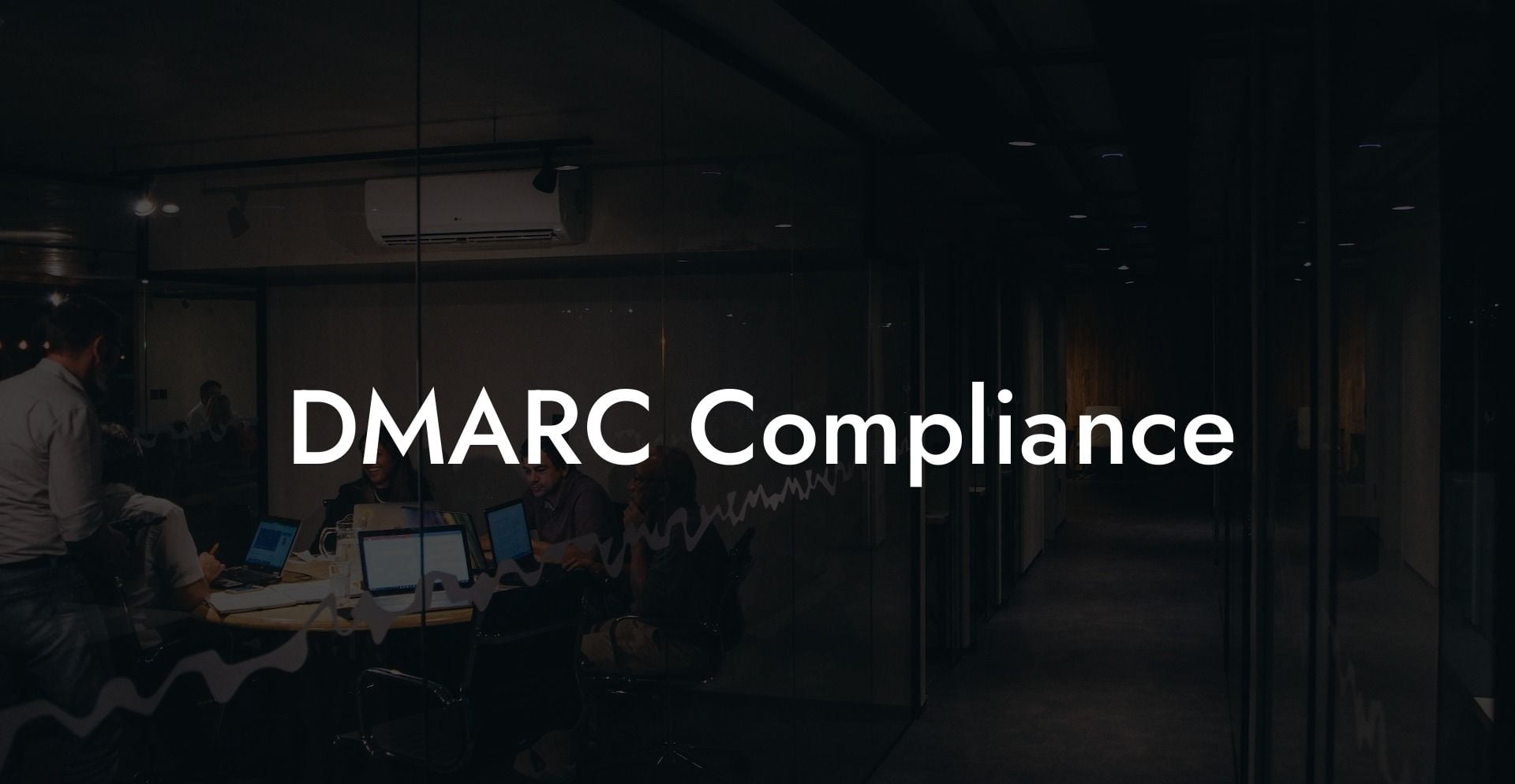The rise of cyber threats has made securing critical email systems a top priority for businesses worldwide. One solution that has gained popularity is DMARC (Domain-based Message Authentication, Reporting, and Conformance) – a protocol designed to protect brands and their customers from email phishing attacks. But what exactly is DMARC and what does it mean to be DMARC compliant? In this article, we'll dive deep into the world of DMARC, discuss its benefits, and guide you through the process of achieving DMARC compliance.
What is DMARC?
DMARC is an email validation system that detects and prevents email spoofing. Built on top of existing email authentication protocols like SPF (Sender Policy Framework) and DKIM (DomainKeys Identified Mail), DMARC enables domain owners to define and enforce policies on how their domain should be used in email.
Benefits of DMARC Compliance
- Protection against email spoofing and phishing attacks
- Improved email deliverability and reduced chances of legitimate email being flagged as spam
- Greater control over domain’s email usage and reputation
- Analytical reporting to improve email security and detect malicious activity
Steps to Achieve DMARC Compliance
Protect Your Data Today With a Secure Password Manager. Our Top Password Managers:
Achieving DMARC compliance can be a complex process, but we've broken it down into a series of manageable steps:
1. Implement SPF
SPF is an email authentication protocol that allows domain owners to specify which mail servers are permitted to send email on their behalf. The first step towards DMARC compliance is to create an SPF record in your domain's DNS settings, listing all authorized mail servers.
2. Implement DKIM
DKIM is another email authentication protocol that allows email senders to sign their messages with a cryptographic signature. This signature verifies that the email has not been tampered with during transit and confirms the sender's identity. To implement DKIM, you'll need to create a cryptographic key pair, add the public key to your domain's DNS record, and configure your mail server to sign outgoing messages with the private key.
3. Create a DMARC Policy
With SPF and DKIM in place, you can now create your DMARC policy. This policy instructs receiving mail servers on how to handle email that fails either SPF or DKIM checks. Your DMARC policy should be added as a TXT record in your domain’s DNS settings and should specify the following:
- Which authentication protocols to use (SPF, DKIM, or both)
- How to handle email that fails validation (either accept, quarantine, or reject the message)
- Where to send aggregated and/or forensic reports of policy violations
4. Monitor and Analyze Reports
After implementing your DMARC policy, you'll begin receiving reports from receiving mail servers. These reports provide valuable insights into your domain's email traffic, helping you detect fraudulent activity and adjust your DMARC policy as needed.
5. Modify and Enforce Your DMARC Policy
As you analyze the collected reports, you may need to make changes to your DMARC policy to better protect your domain. Once you're confident in your DMARC configuration, it's time to enforce the policy, instructing receiving mail servers to quarantine or reject non-compliant email.
DMARC Compliance Example:
Let's consider a fictional company, "Example Corp.", which is aiming for DMARC compliance. Their process might look like this:
1. Example Corp. sets up an SPF record in their domain's DNS settings, listing all authorized mail servers.
2. They implement DKIM by creating a key pair, adding the public key to their DNS record, and configuring their mail server to sign outgoing messages.
3. They create a DMARC policy as a TXT record in their DNS settings, specifying authentication protocols, failure handling, and reporting destinations.
4. Example Corp. monitors and analyzes the received DMARC reports, adjusting their policy when necessary.
5. After thorough analysis and adjustments, they enforce their policy by instructing mail servers to quarantine or reject non-compliant email.
Achieving DMARC compliance is a crucial step towards securing your email communications and protecting your brand from phishing attacks. By implementing SPF, DKIM, and DMARC, you can take control of your domain's email reputation and ensure a safer experience for your customers and correspondents. Don't forget to share this comprehensive guide on DMARC compliance with your colleagues and explore other valuable guides on the Voice Phishing blog to improve your overall cybersecurity posture.
Protect Your Data Today With a Secure Password Manager. Our Top Password Managers:















